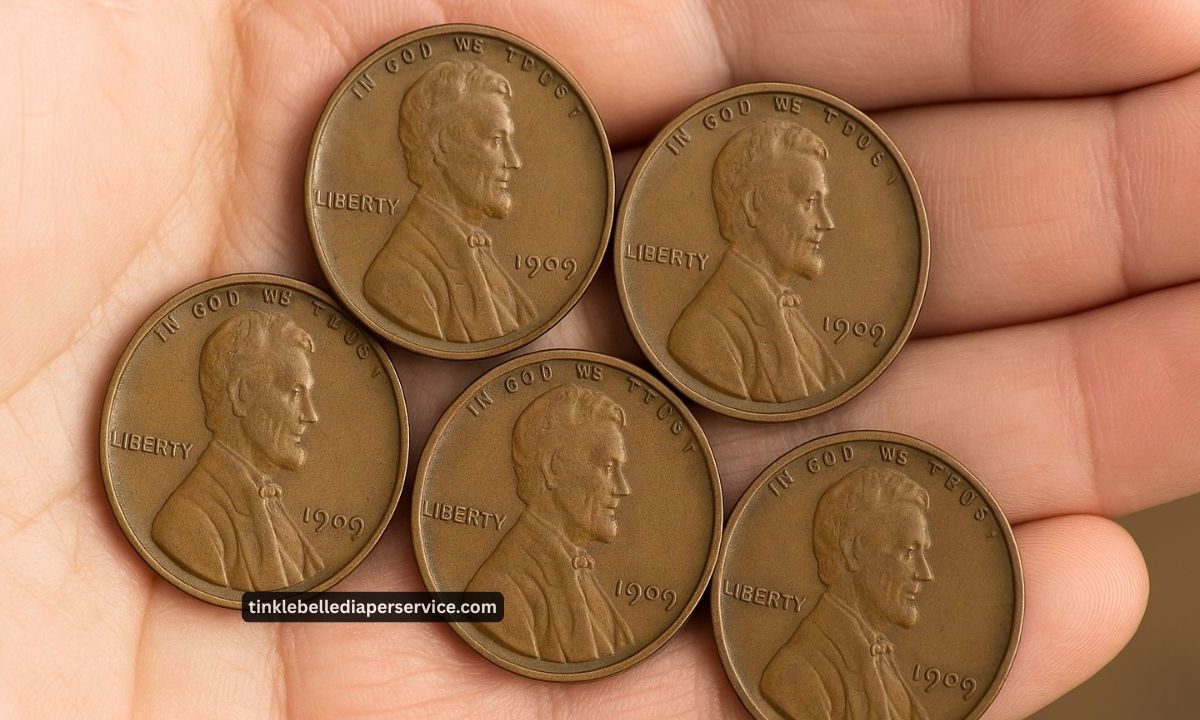The Lincoln Wheat Penny, minted from 1909 to 1958, is a staple in American numismatics. While most of these coins hold minimal monetary value, certain rare variants have fetched astonishing prices at auctions.
One such example is the 1943 Bronze Lincoln Wheat Penny, recently valued at $388,888, and intriguingly, it might still be in circulation.
Historical Context of the Lincoln Wheat Penny
Introduced in 1909 to commemorate the 100th anniversary of President Abraham Lincoln’s birth, the Lincoln Wheat Penny was the first U.S. coin to feature a real person’s likeness.
Designed by Victor David Brenner, the obverse showcases Lincoln’s profile, while the reverse displays two wheat stalks, symbolizing prosperity.
During World War II, in 1943, the U.S. Mint transitioned from copper to zinc-coated steel for penny production to conserve copper for the war effort.
However, a few bronze planchets from 1942 were mistakenly used, resulting in the rare 1943 Bronze Lincoln Wheat Penny.
What Makes the 1943 Bronze Penny So Valuable?
The value of the 1943 Bronze Lincoln Wheat Penny stems from its rarity and historical significance.
While the U.S. Mint intended to produce pennies in steel that year, a small number were accidentally struck on leftover bronze planchets.
It’s estimated that fewer than 20 of these coins exist today. In pristine condition, one such penny sold for $388,888, highlighting its immense value to collectors.
Identifying a 1943 Bronze Lincoln Wheat Penny
To determine if you possess this rare coin, consider the following characteristics:
| Feature | Details |
|---|---|
| Year | 1943 |
| Material | Bronze (reddish-brown tint) |
| Design | Wheat stalks on reverse |
| Magnet Test | Does not stick to a magnet |
| Weight | Approximately 3.11 grams |
| Estimated Value | Up to $388,888 depending on condition |
Note: Steel pennies from 1943 are magnetic and weigh about 2.7 grams.
Other Valuable Lincoln Wheat Pennies
Beyond the 1943 bronze variant, several other Lincoln Wheat Pennies are highly sought after:
| Year & Variant | Estimated Value Range | Notable Features |
|---|---|---|
| 1909-S VDB | $1,000 – $100,000+ | Low mintage; designer’s initials on reverse |
| 1914-D | $300 – $50,000 | Low mintage; Denver mint |
| 1922 Plain | $500 – $25,000 | No mint mark error |
| 1931-S | $100 – $15,000 | Limited mintage |
| 1955 Doubled Die | $1,000 – $100,000 | Striking error with visible doubling |
| 1958 Doubled Die | Up to $336,000 | Rare minting error |
Real-Life Discoveries
There have been instances where individuals unknowingly possessed these rare coins. For example, in the 1940s, a teenager found a 1943 bronze penny in his change and later sold it for a significant sum.
More recently, a man in New Jersey discovered one in his late father’s coin collection. Such stories fuel the excitement among collectors and enthusiasts.
The allure of the Lincoln Wheat Penny, particularly the 1943 Bronze variant, lies in its rarity and the possibility that it might still be in circulation.
With values reaching up to $388,888, it’s a testament to how historical anomalies can transform everyday items into treasures.
Whether you’re a seasoned collector or someone checking spare change, the next valuable penny might just be in your pocket.
FAQs
How can I verify if my 1943 penny is the rare bronze version?
Conduct a magnet test; bronze pennies are non-magnetic, whereas steel ones will stick to a magnet. Additionally, bronze pennies have a reddish-brown hue and weigh approximately 3.11 grams.
Are all 1943 pennies valuable?
No, most 1943 pennies are made of steel and are common. Only the rare bronze variants hold significant value.
Where can I get my penny appraised?
Reputable coin grading services like the Professional Coin Grading Service (PCGS) or the Numismatic Guaranty Corporation (NGC) can authenticate and appraise your coin.

